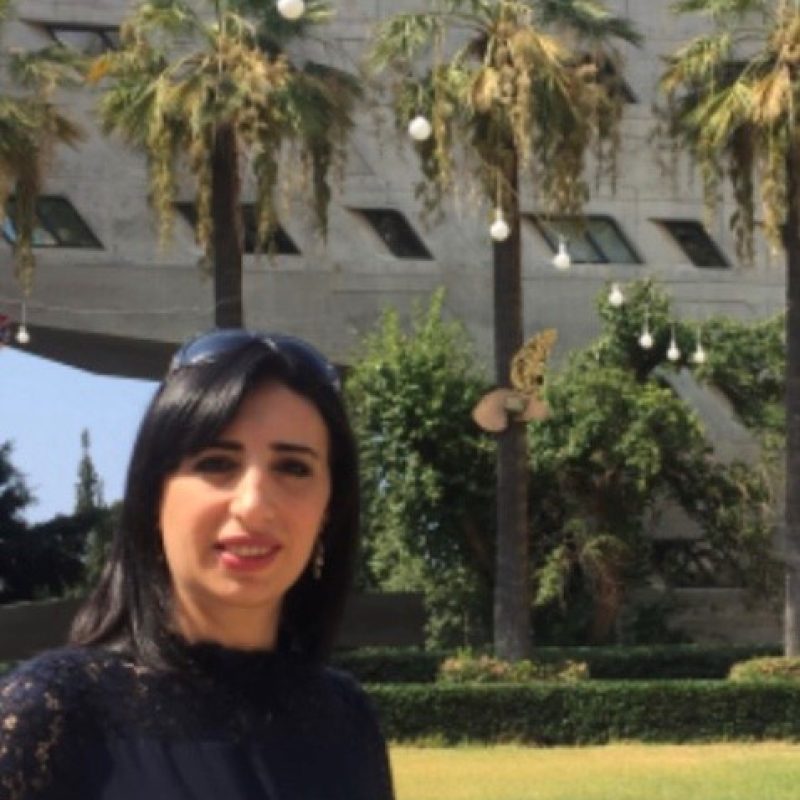Lebanese Disability Social Movement: its role in mobilizing society towards the full inclusion of people with disabilities
About
This research examines the Lebanese disability rights movement, its development since its establishment in the 1980s and its role in promoting the full inclusion of people with disabilities in society nowadays. It documents the activism of different disability associations, organisations, and activists.
The study includes the analysis and review of various disability organisations’ publications, magazines, and meeting minutes as well as newspaper archives that cover topics about the Lebanese disability movement from the 1980s- 2000 (when Law 220/2000 was endorsed).
We conduct open-ended face-to-face interviews with 15- 20 local disability organisations, NGOs and disability activists across Lebanon and hold round table discussions with twenty to thirty people from Local NGOs and disability activists across Lebanon to discuss the findings from the interviews.
- Funded By: Disability Under Siege- Birmingham University Fund contract
- Timeline: January 2023 - January 2024
Learn More
In Lebanon, the Disability Right movement started in early 1980s with the establishment of several disability associations, and activists to improve the facilities and services for people with disabilities. The first association for persons with disabilities was established under the name of the Lebanese Physically Handicapped Union, and it was an association for physical disabilities. Similarly, people with visual impairments established their association “the Youth Association for the Blind”, followed by the Lebanese School for the Blind and Deaf in Baabda, Al Kafaat Foundation, the Father Andeweg Institute for the Deaf, Lebanon Friends of the Disabled Association, the National Association for the Rights of Disabled People, and the Arcancial.
In 2000, the Lebanese government endorsed Law 220/2000 which is the first Lebanese Disability Law that protects the rights of people with disabilities. Many disability associations and unions played a major role in drafting the law and lobbied for its endorsement.
Although these associations played a role in the Lebanese disability movement and many were behind endorsing Law 220/2000, yet there is a paucity in research and evidence- based information about the Lebanese disability right movement, how it started, and who was behind it, its role towards promoting and achieving inclusion in society. Moreover, there is no studies that provide information about the disability movement structure, dynamics, and the coordination between different association in moving forward from the deinstitutionalisation towards the full inclusion in society. In addition, there is no evidence-based information about the role of these associations in providing services during emergencies such as war conflict, Beirut Port Blast, the Covid-19 pandemic, and the current economic crisis that Lebanon is encountering.
This research proposal tracks the history of this movement, its evolution and development, tactics used, and its role in promoting the full inclusion of people with disabilities in society from the 1980s till our current time (2022-2023) and during the multiple crises that the country is experiencing (war conflict, pandemic, and the economic crisis).
- Rationale – why this topic is important
There is little evidence-based information about the Lebanese Disability Social movement since its establishment in the early 1980Although disability organisations and associations were established in the early 1980s, there is a paucity of literature about how this movement established its discourse, strategy, actors, and mobilization. Furthermore, no evidence-based information is given about the different paths that the movement took, its shifts, and whether this movement changed over time, particularly with the endorsement of Law 220/2000 and later the UNCRPD.
This research proposal aims to:
- Track the evolution of the Lebanese Disability Movement to examine its over time with the several social and economic instabilities that Lebanon faced and is currently facing in addition to the endorsement of the Lebanese Law 220/2000 and then the UNCRPD and its impact on this movement towards the full inclusion of people with disabilities in society.
- Investigate whether the Lebanese movement was influenced by the global disability right movement that started in the USA in the early 1960s and identify the reasons that triggered people with disabilities to start their mobilizations, and how their actions had an impact on services and facilities for people with disabilities in Lebanon.
- Investigate whether this movement has changed its social perception about disability and whether the services have changed to respond to the social perception.
- Investigate the role of the different Lebanese disability associations on drafting the Lebanese Law 220/2000 and what global resources and laws they referred to when drafting the Law.
- Examine the role of the Disability movement in pressuring the government sign and ratify the UNCRPD and its role in implementing the UNCRPD and monitoring such implementation.
- Investigate the current role of the Disability Right movement in Lebanon during the multiple crises and to what extent their services are promoting the inclusion of people with disabilities in society.

